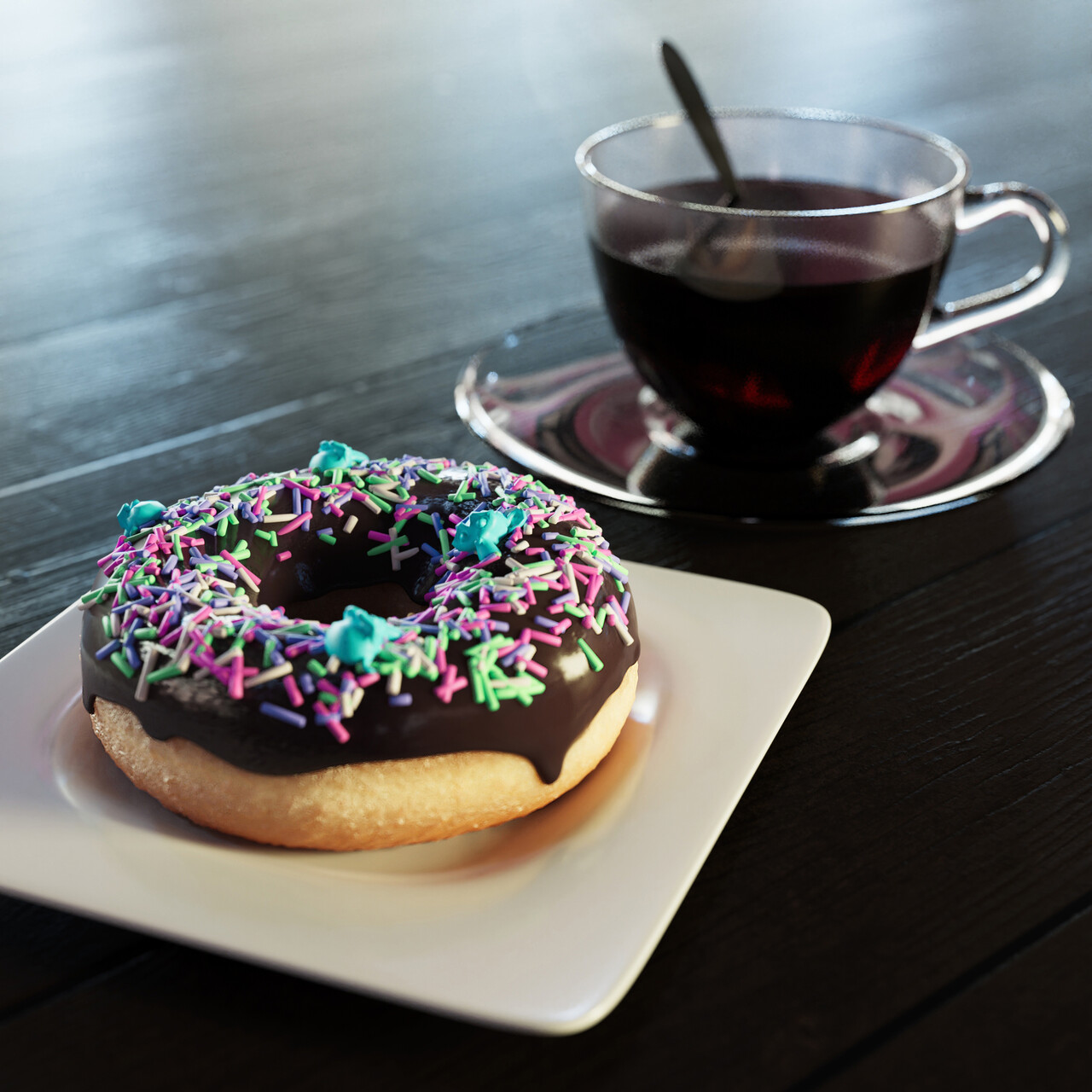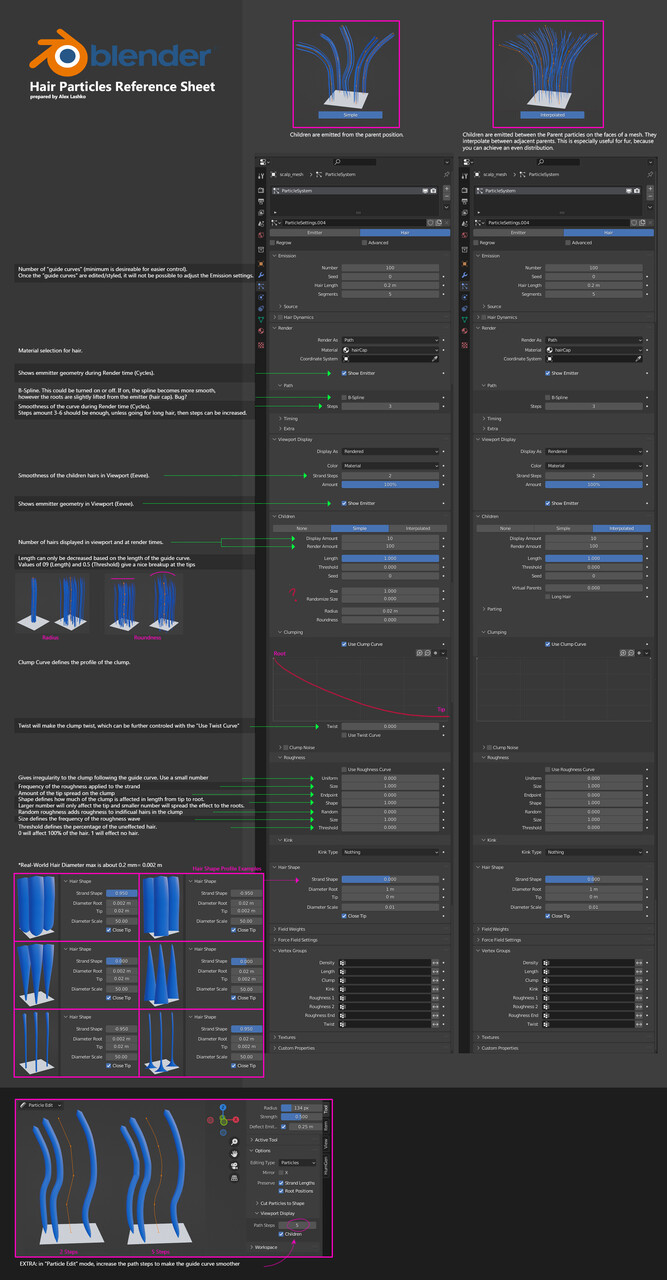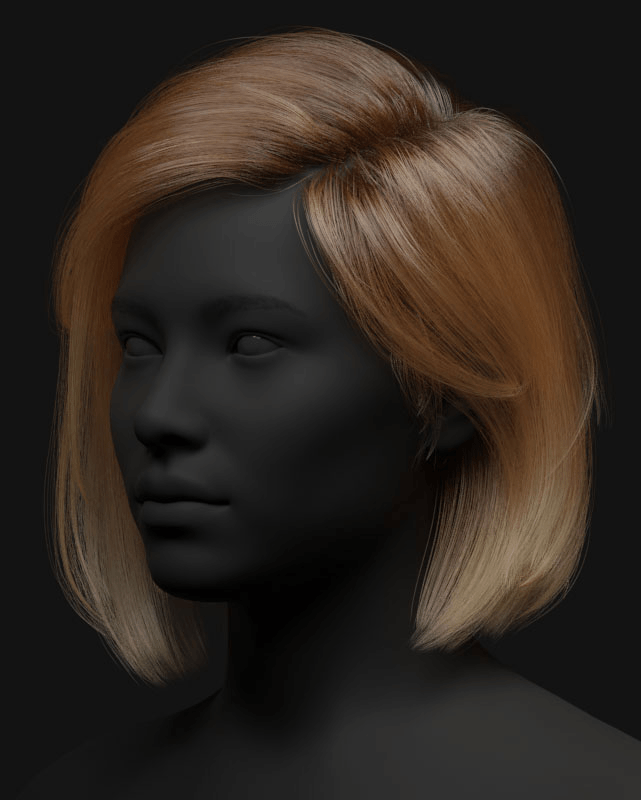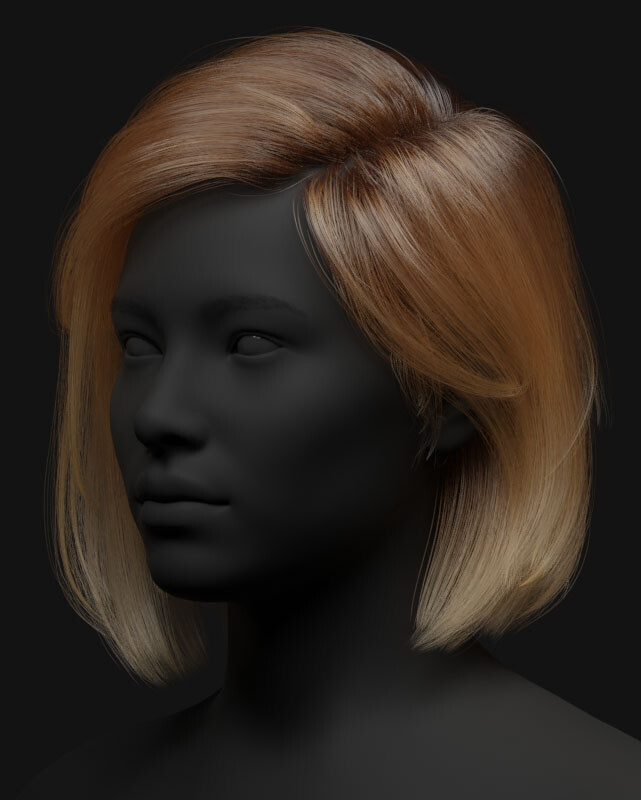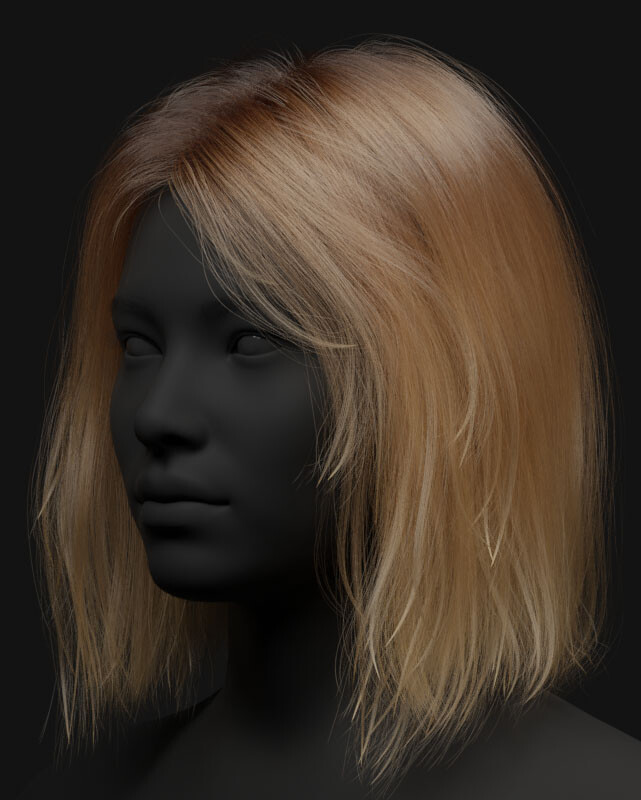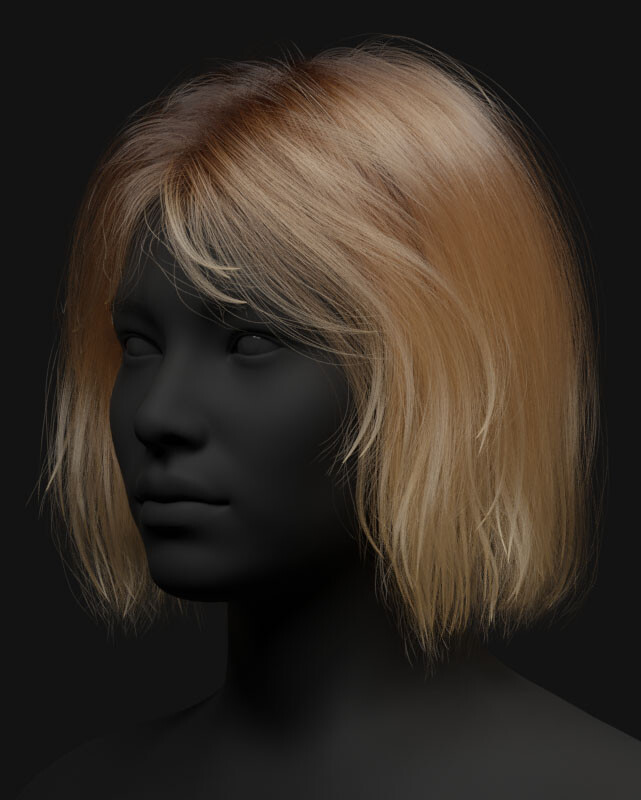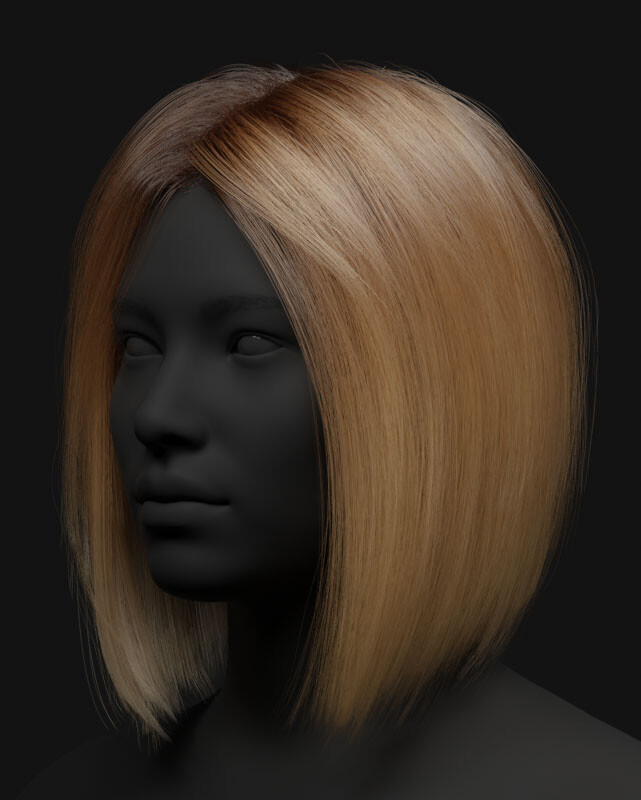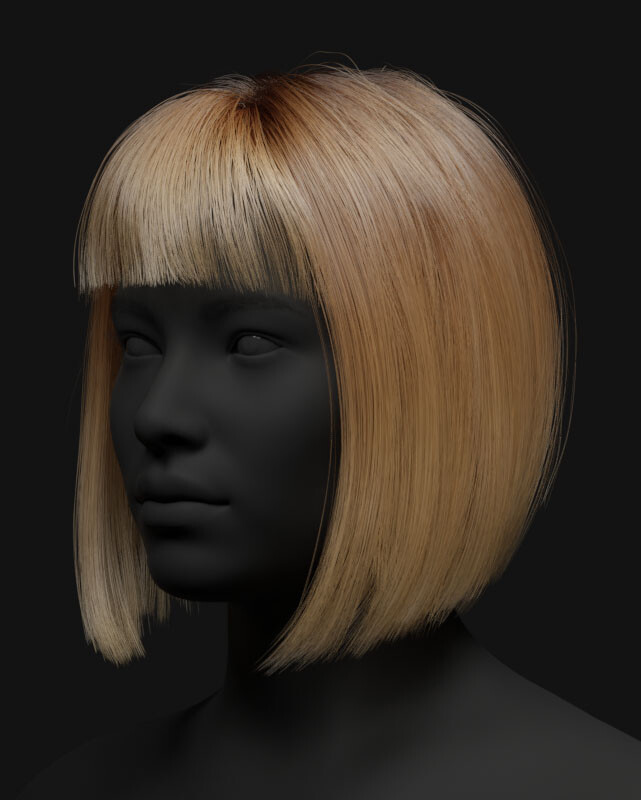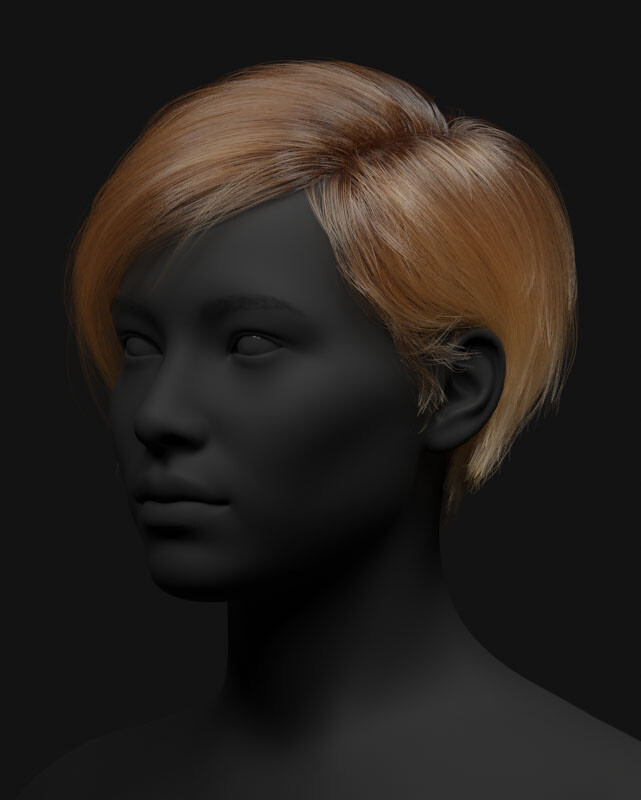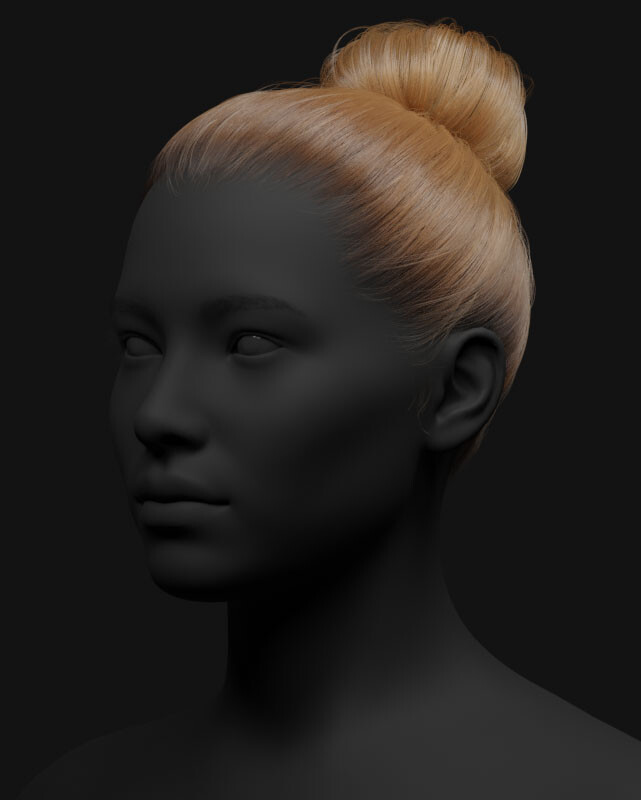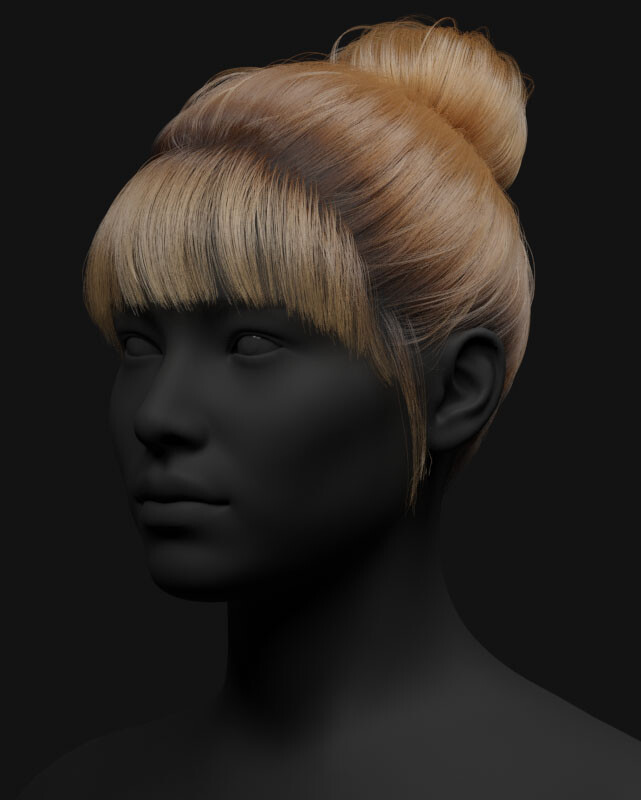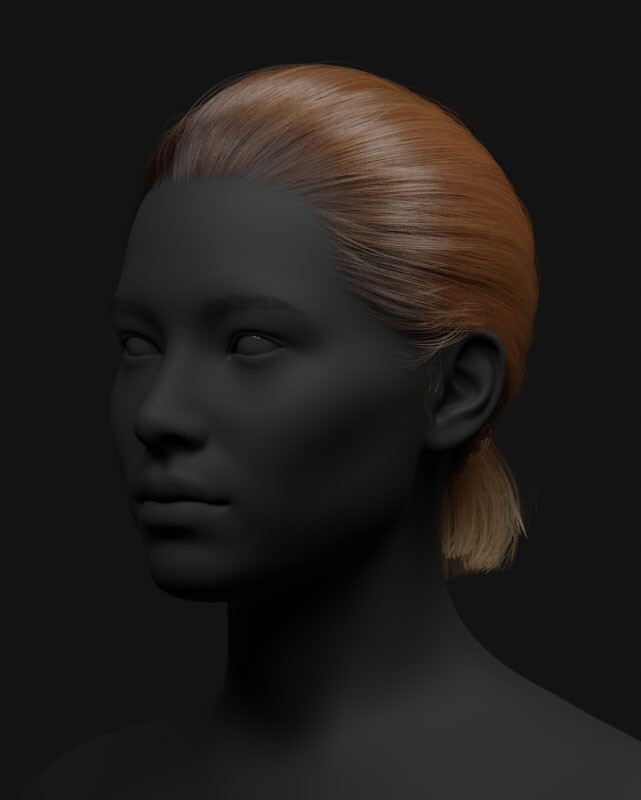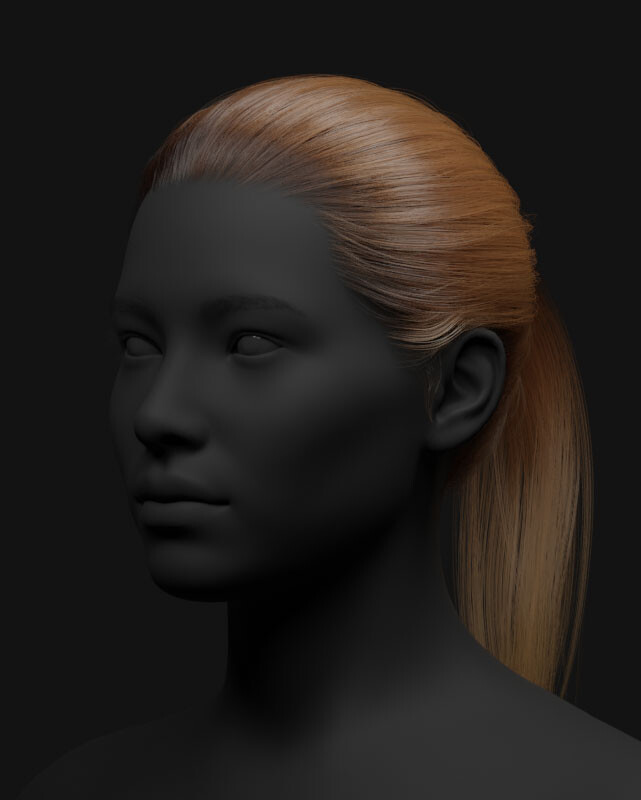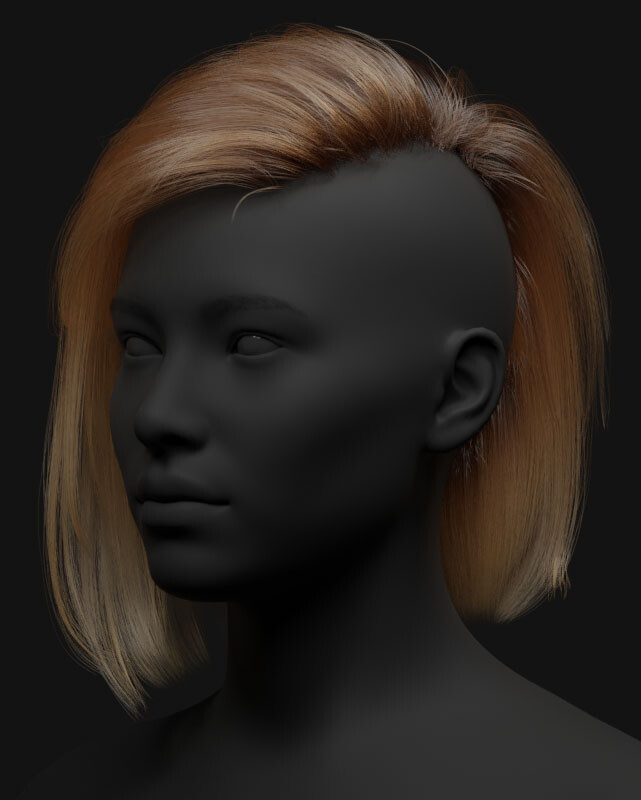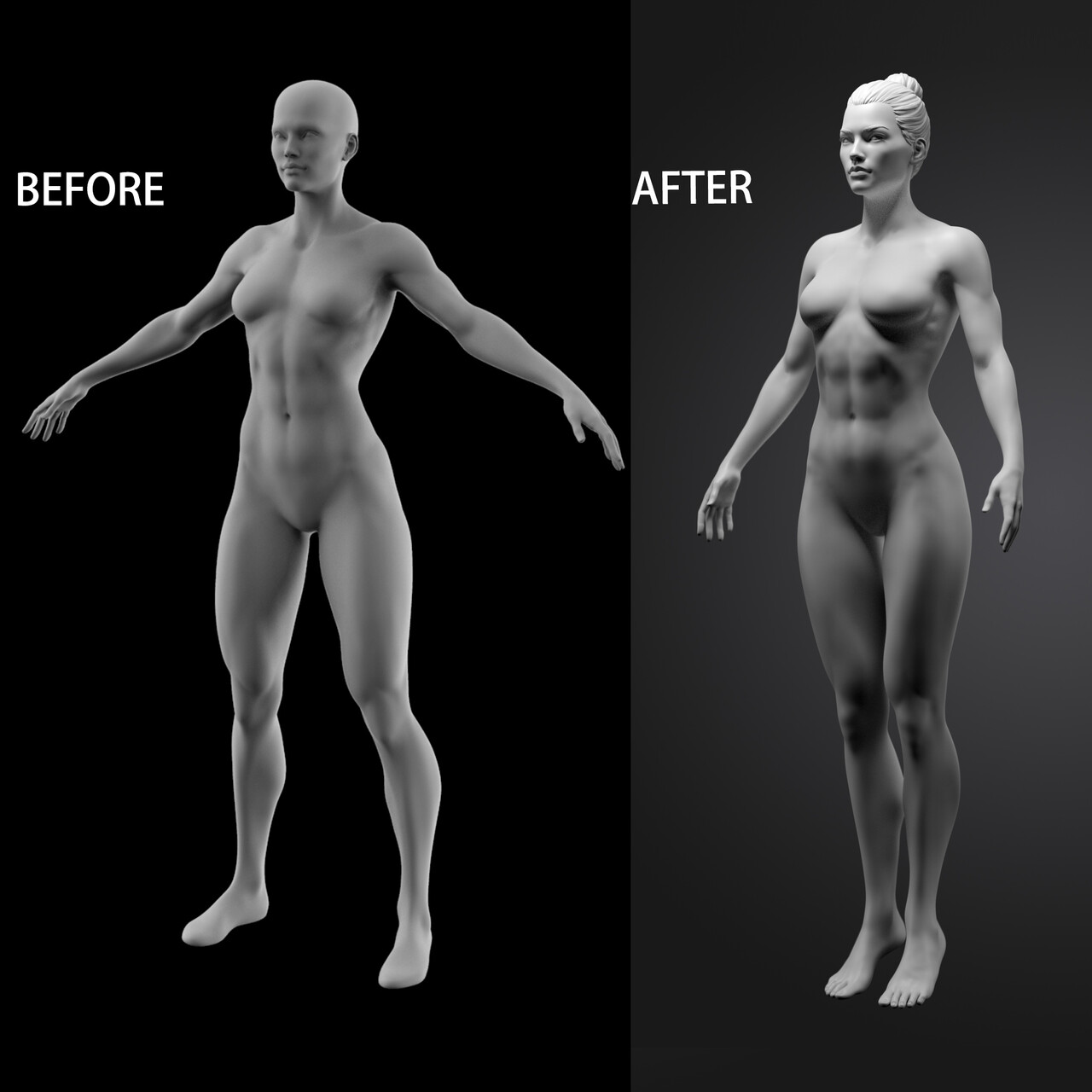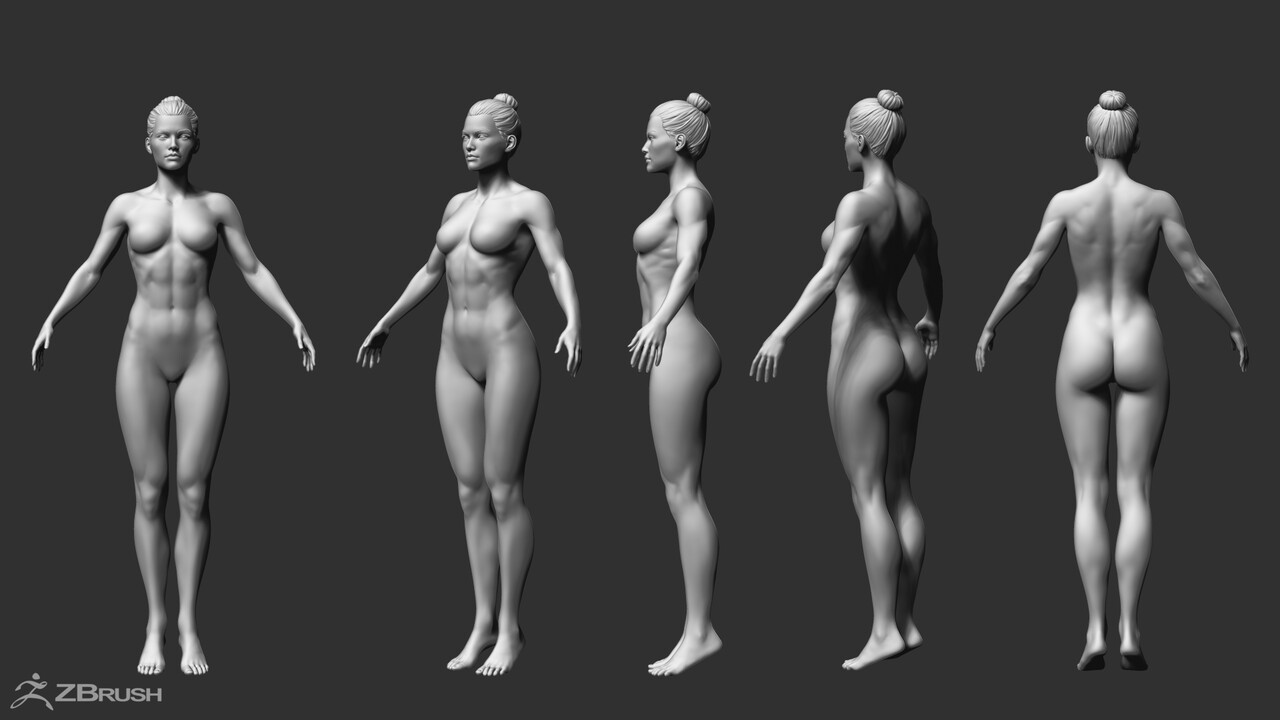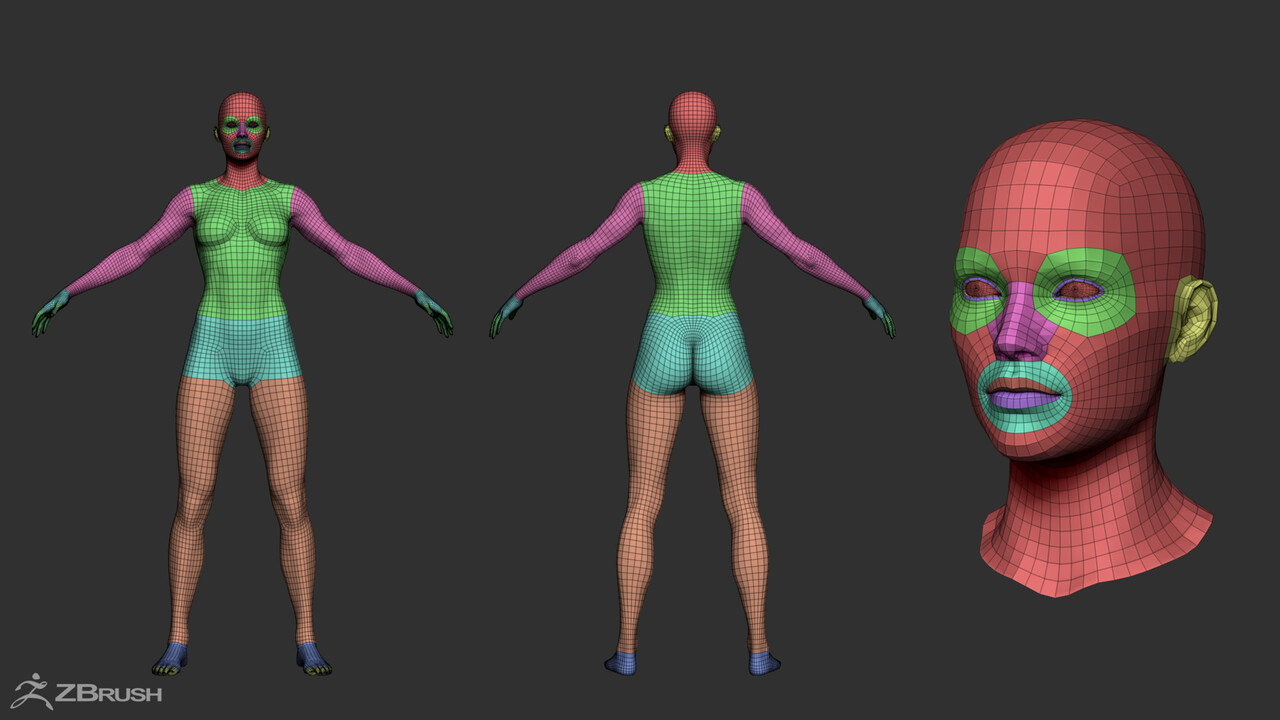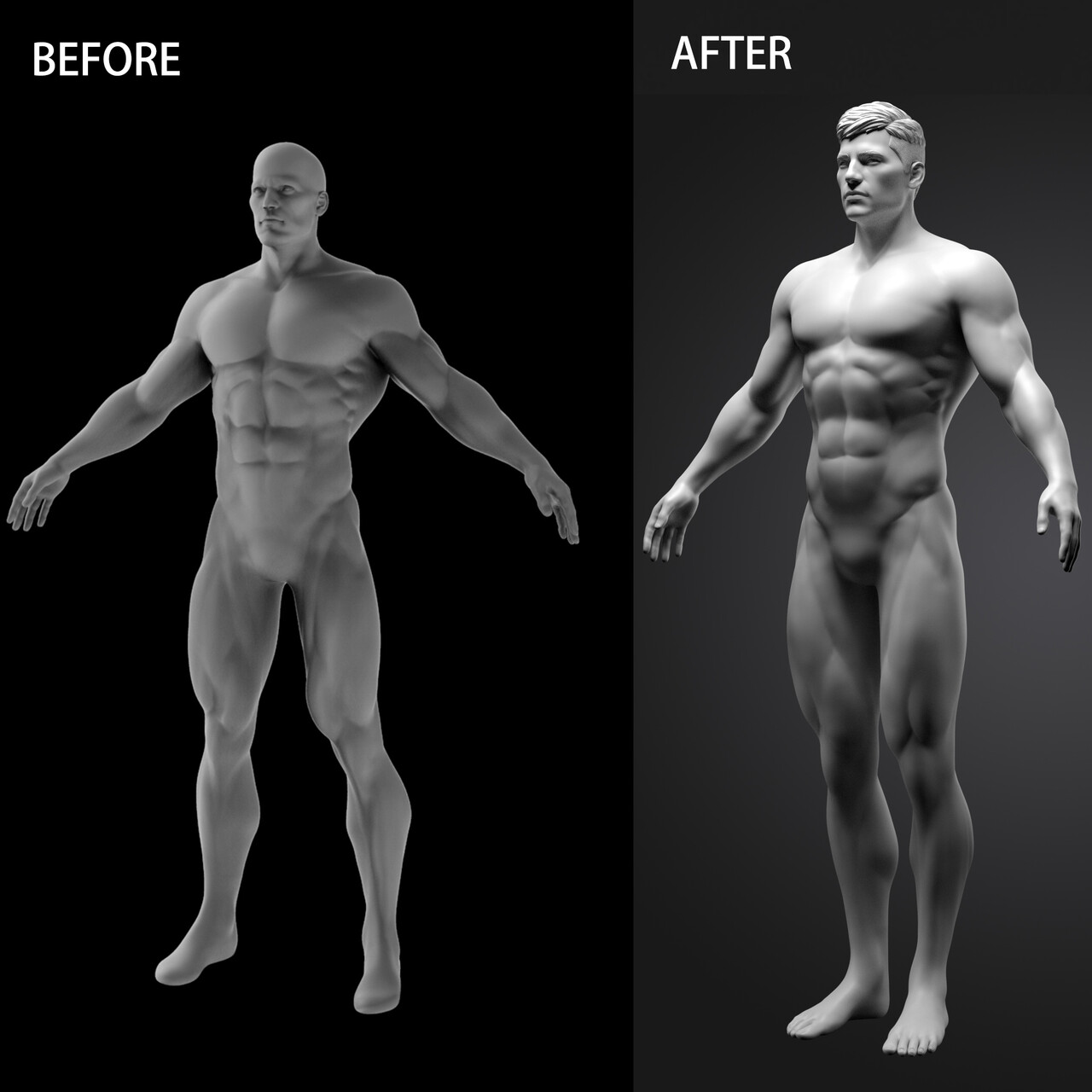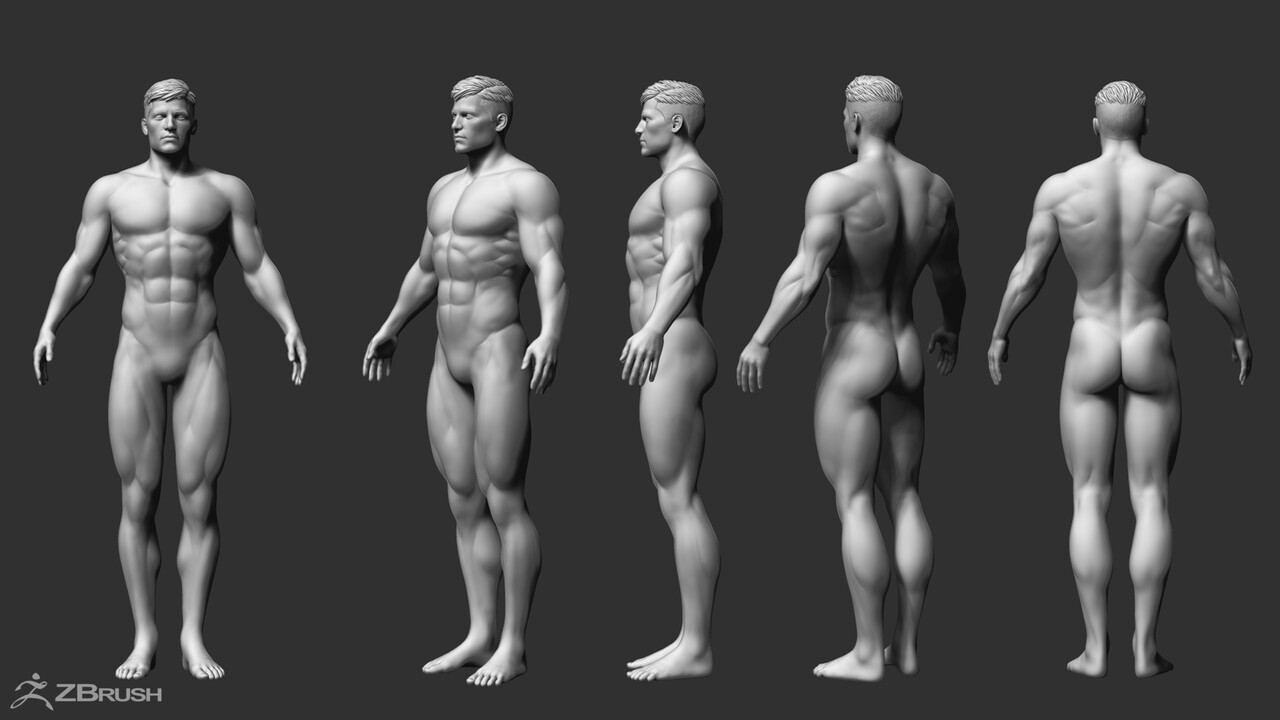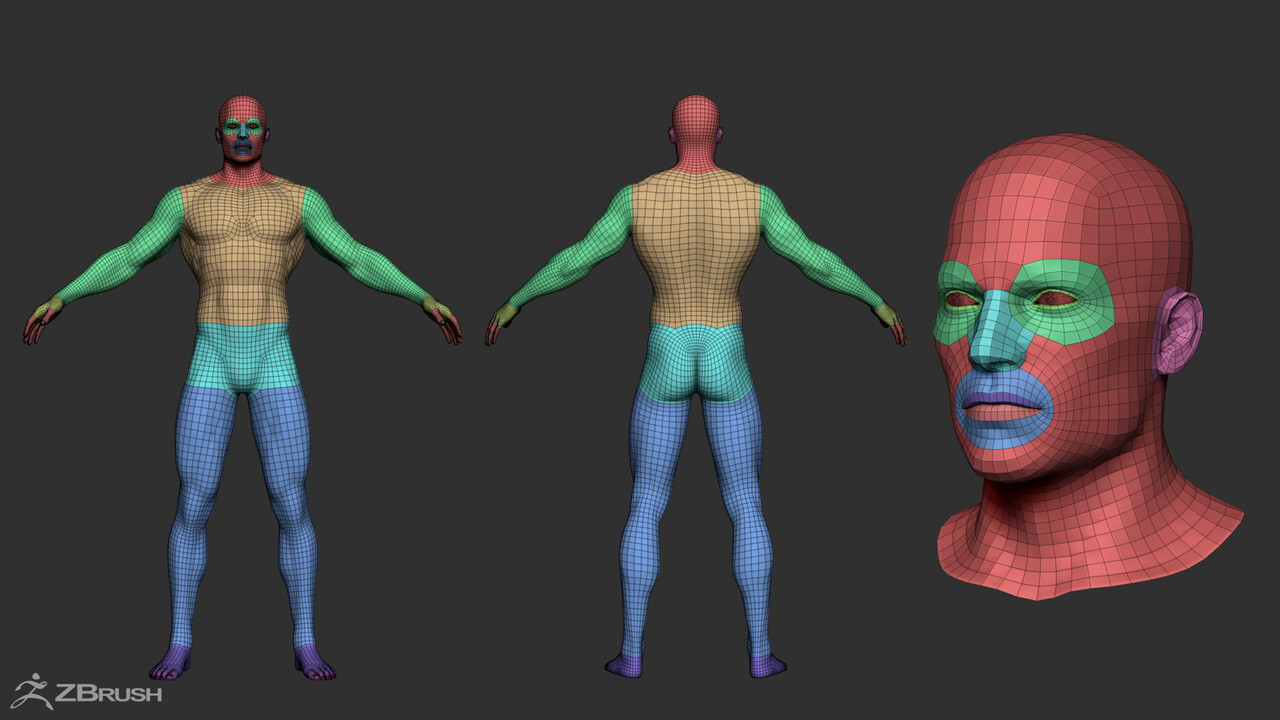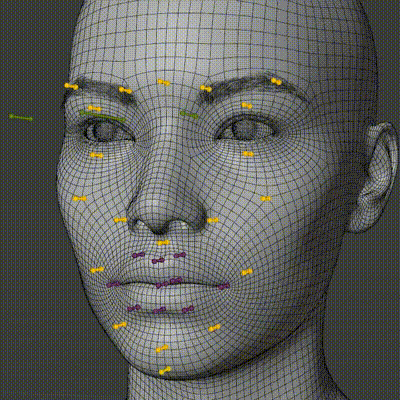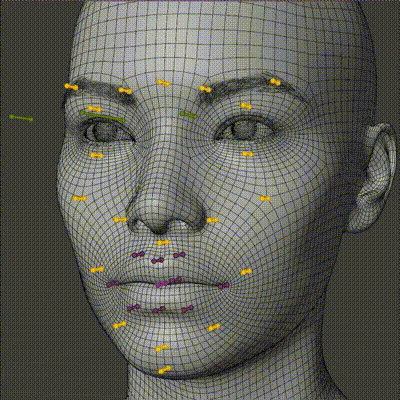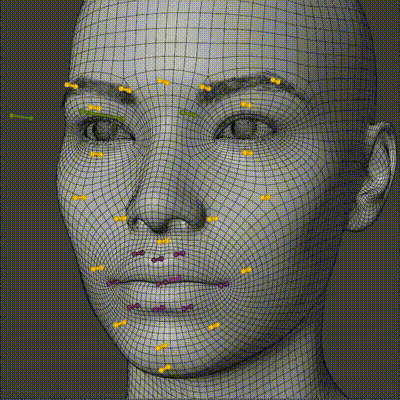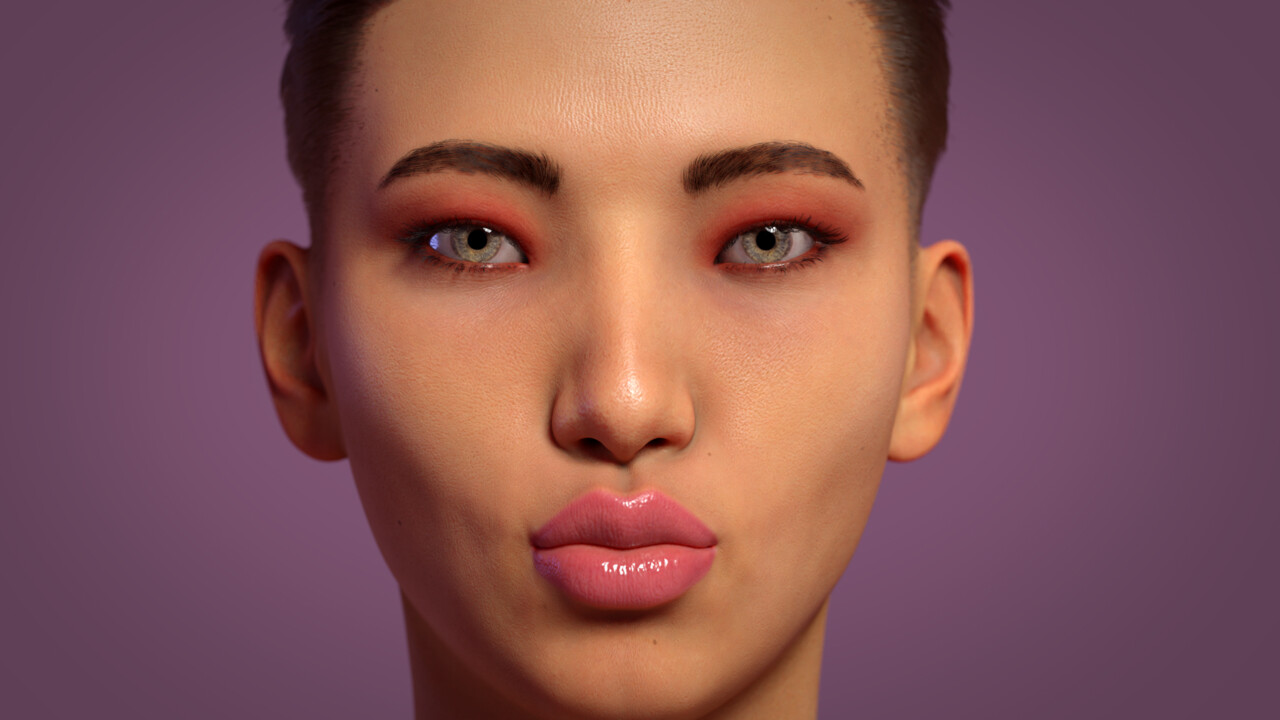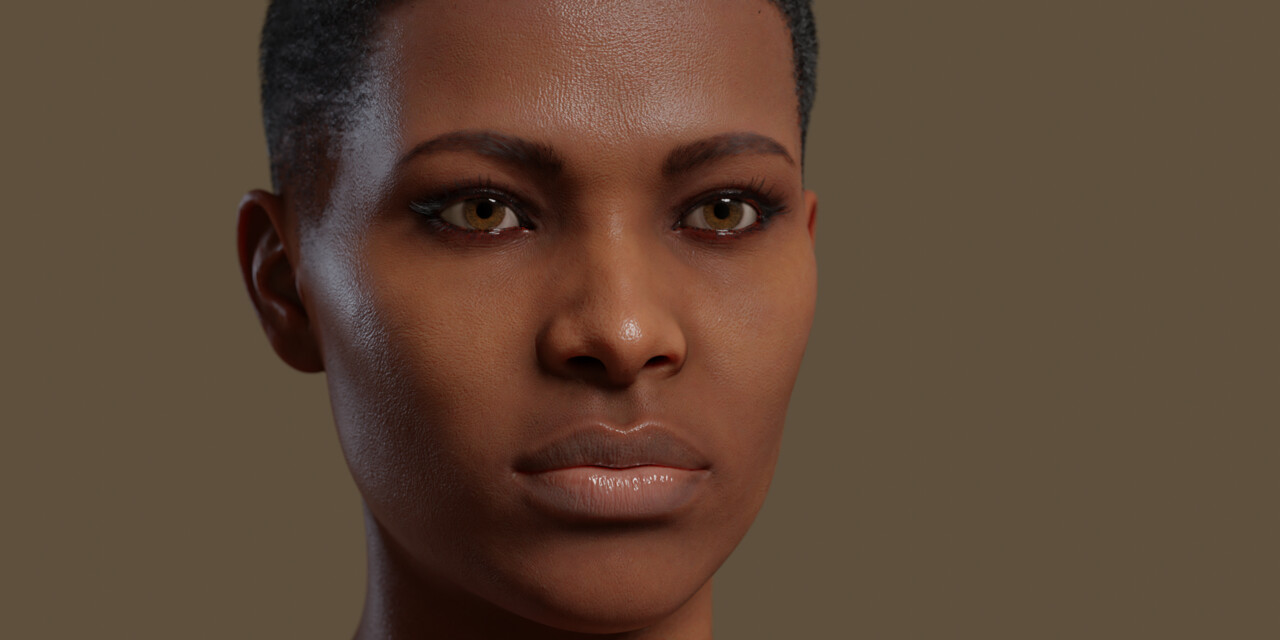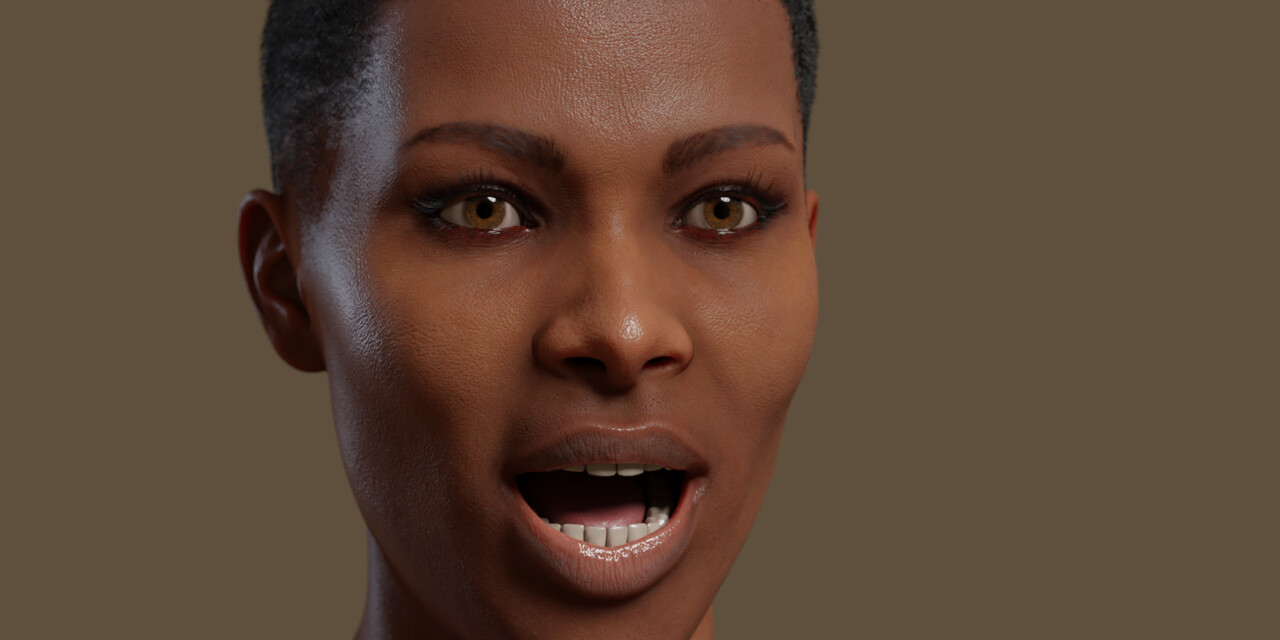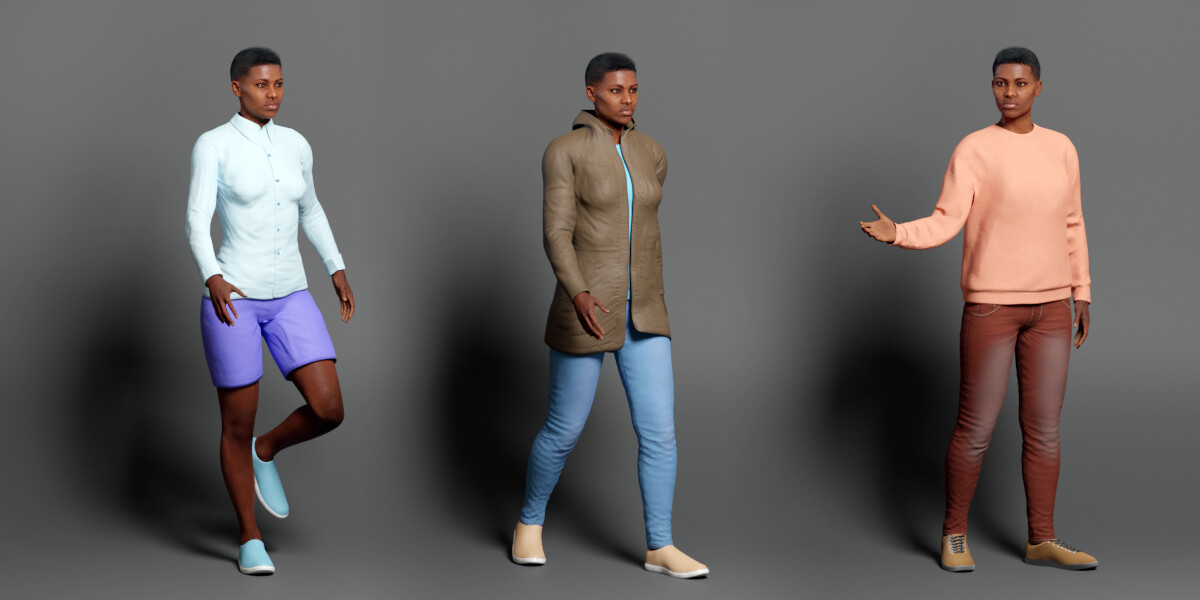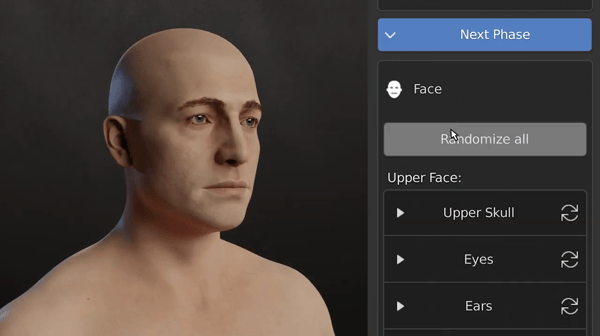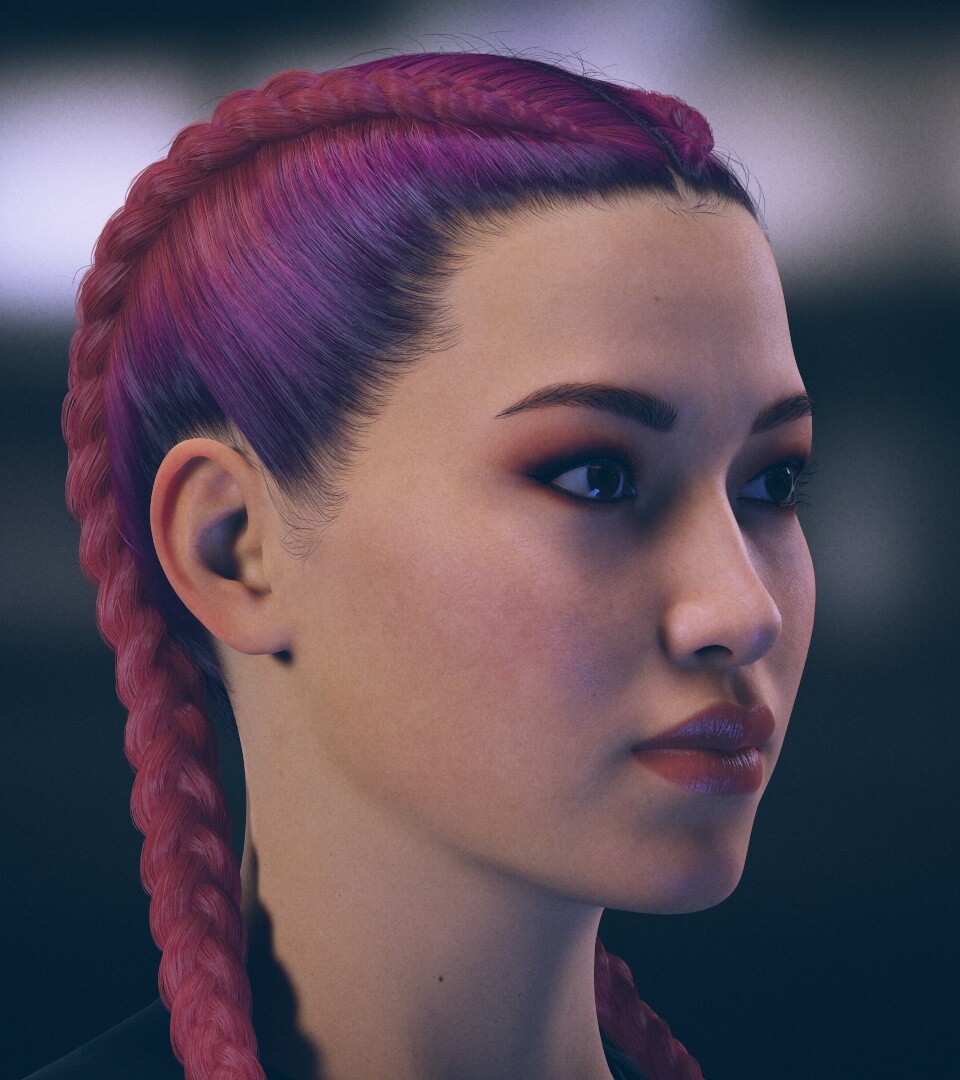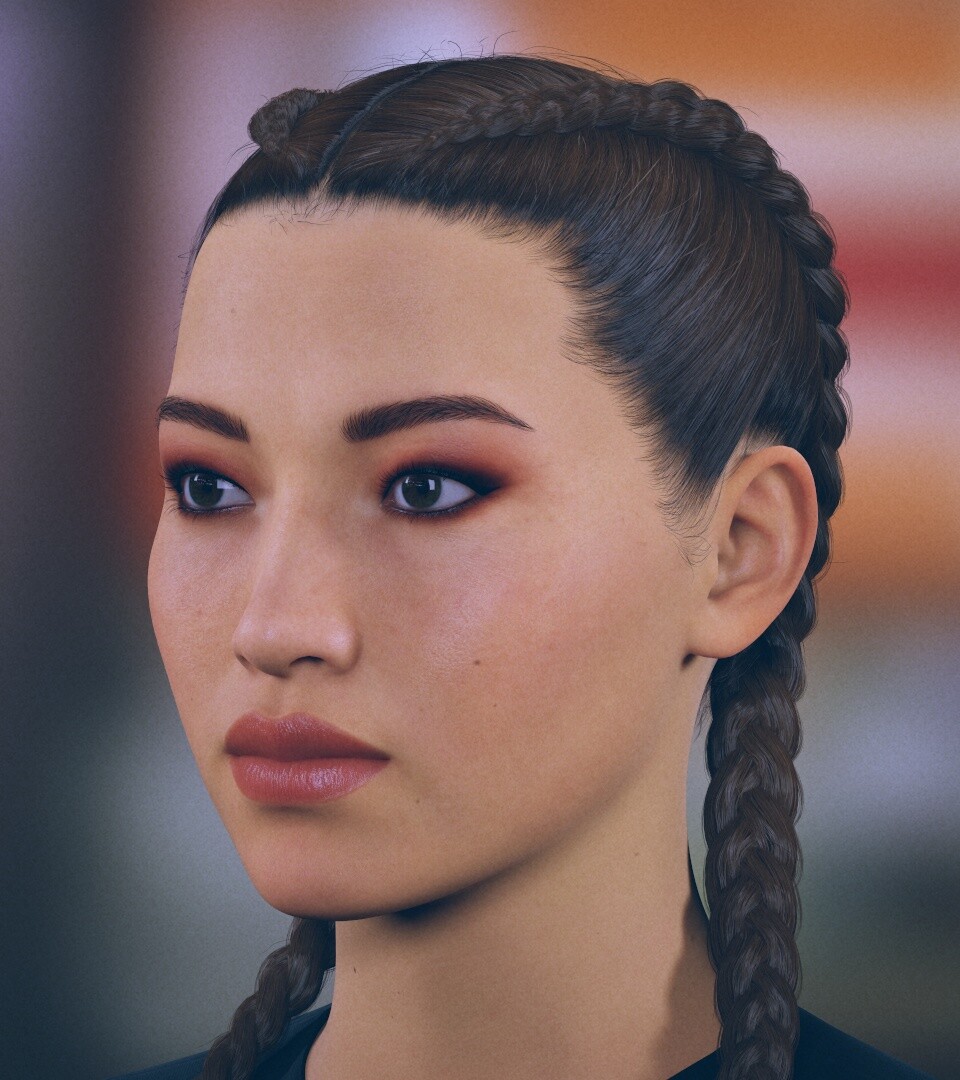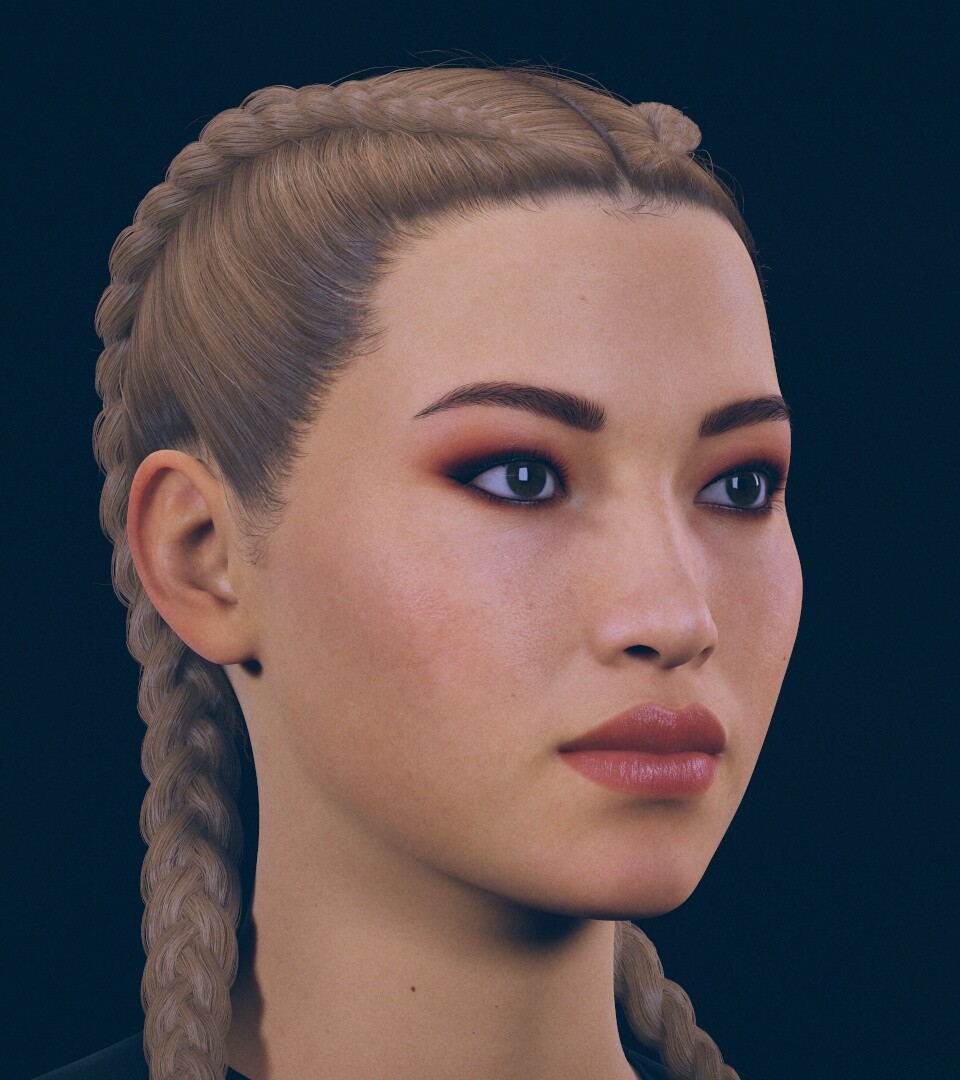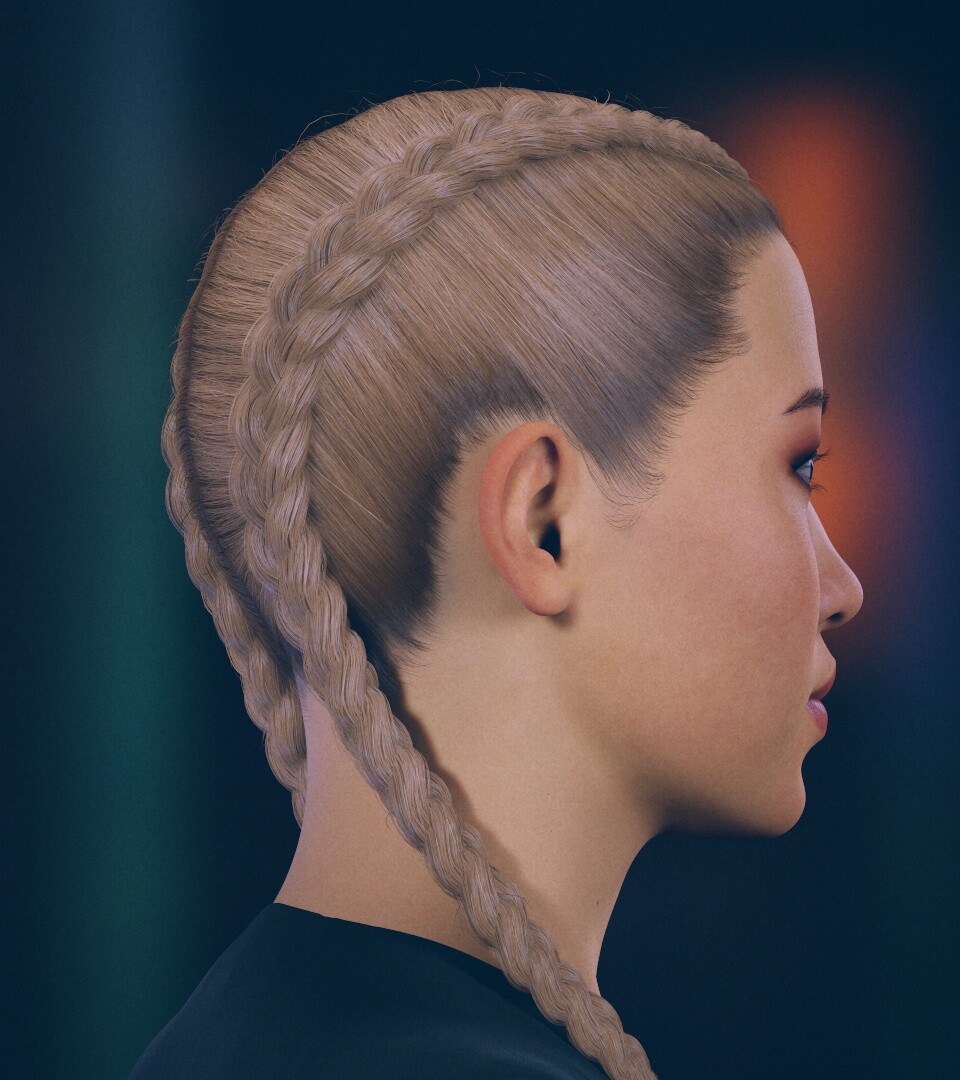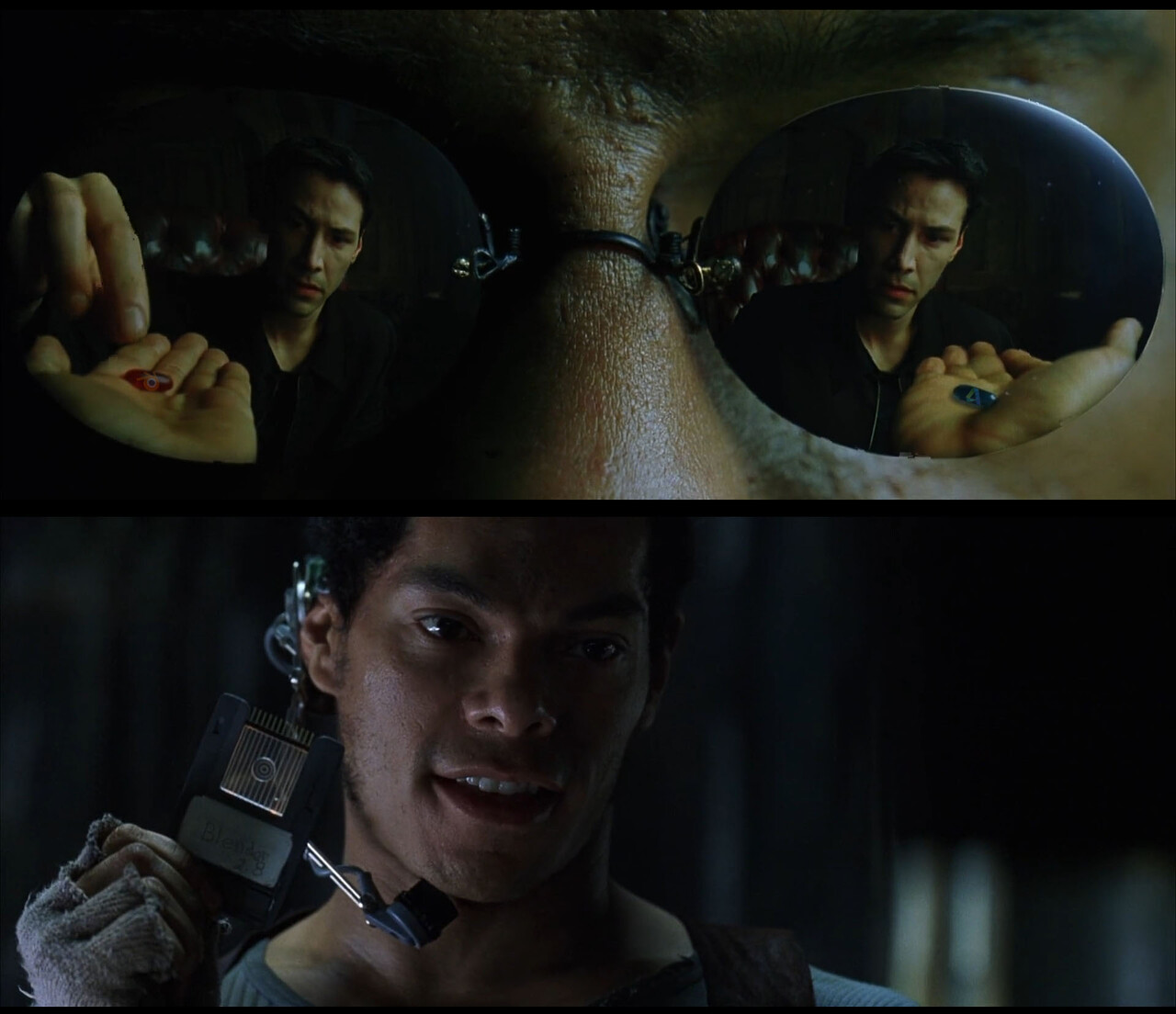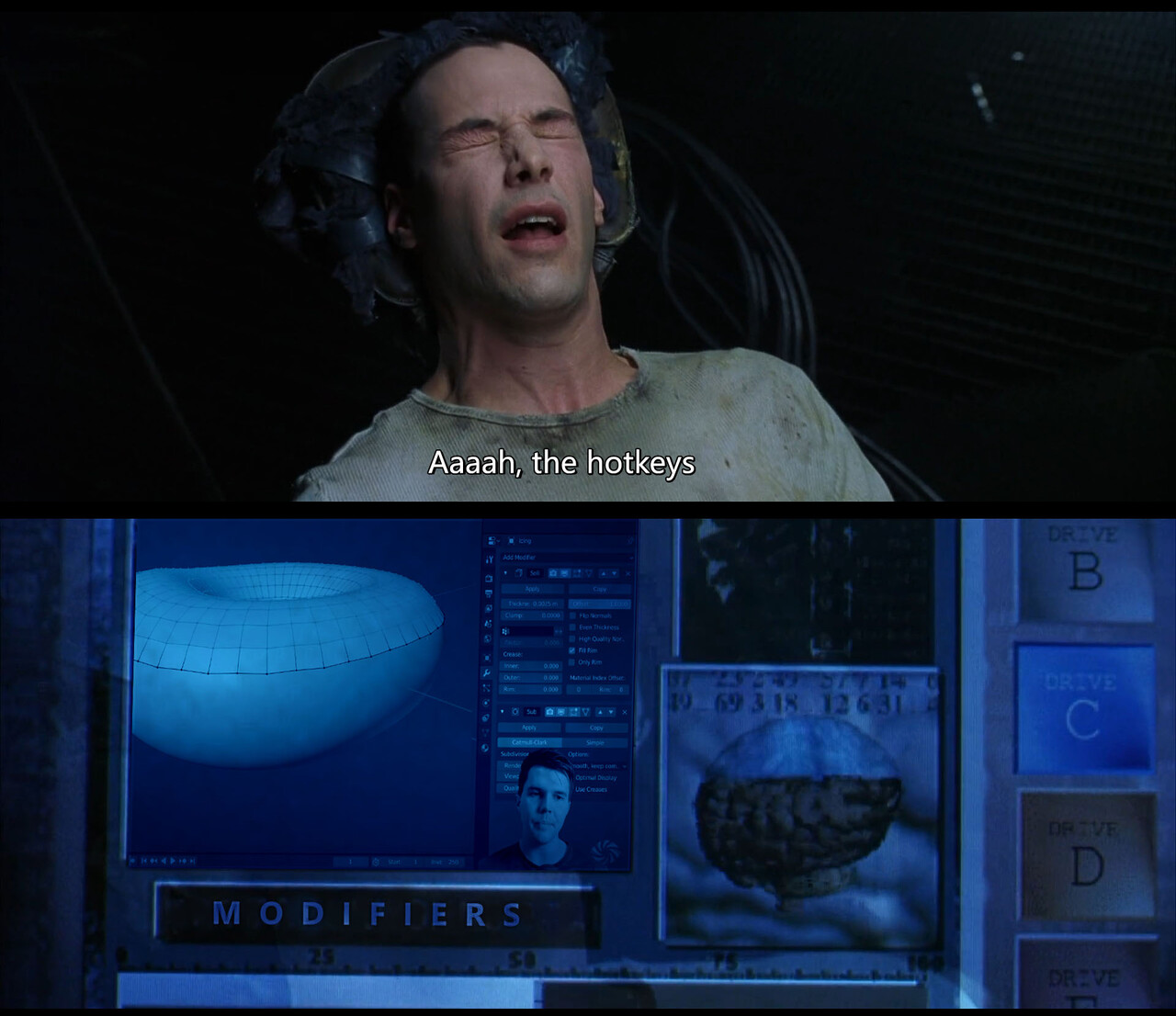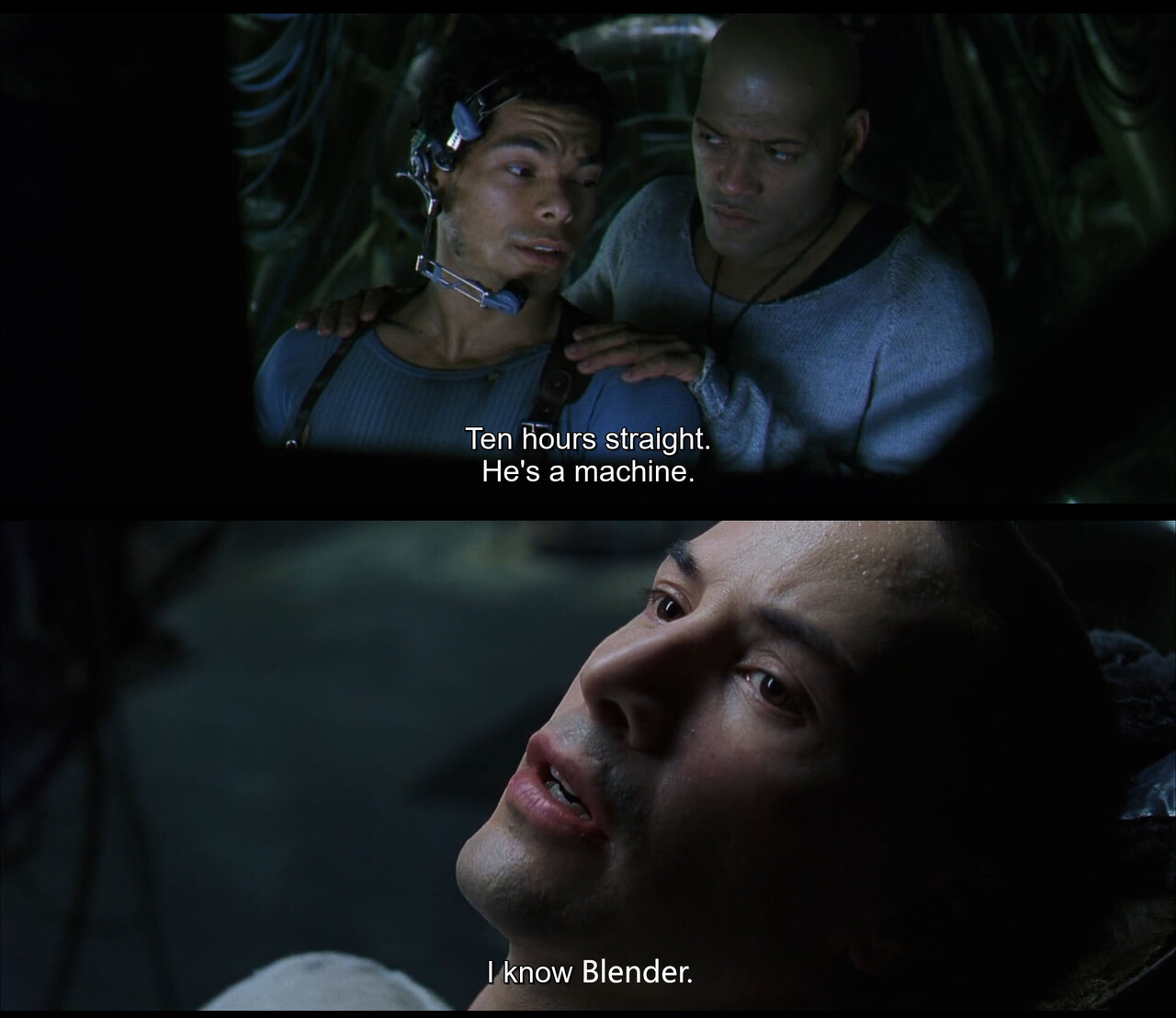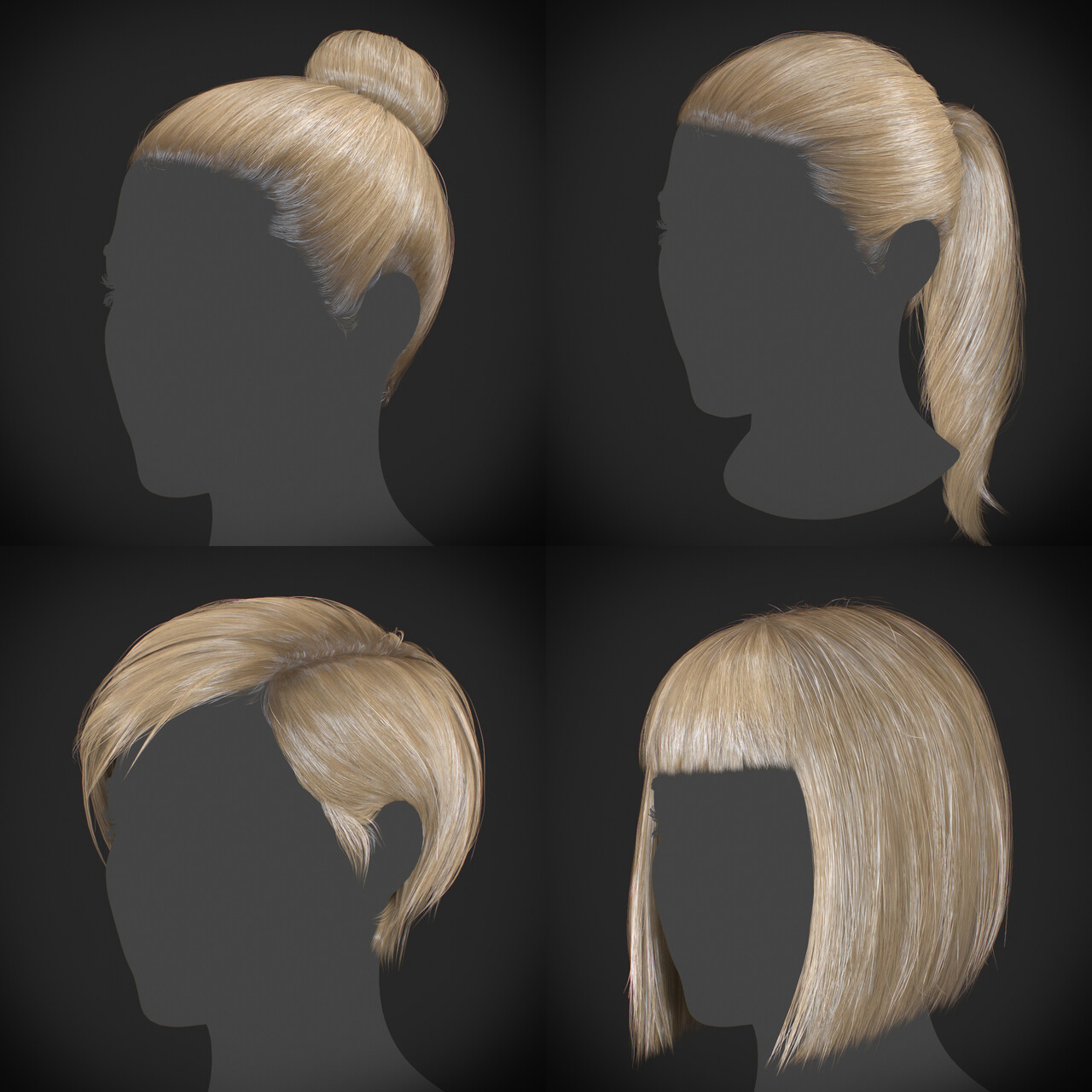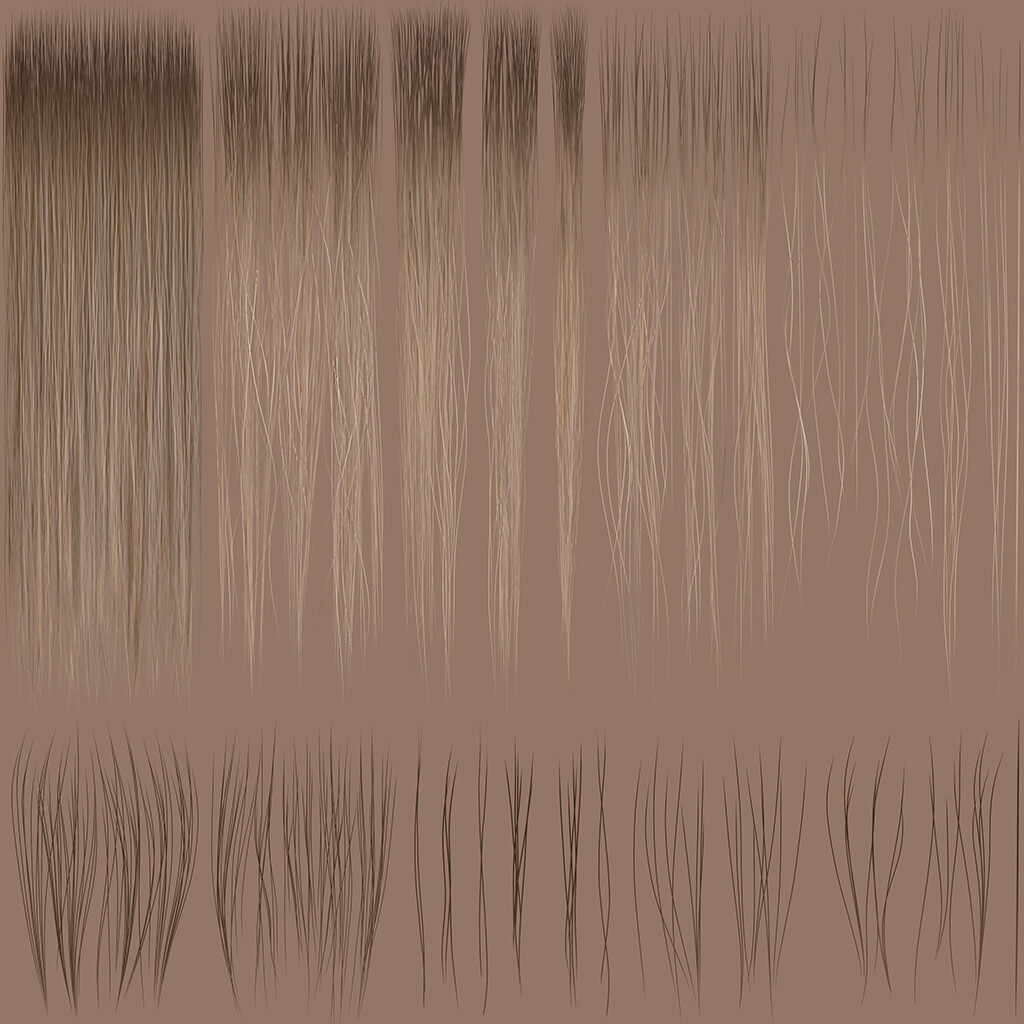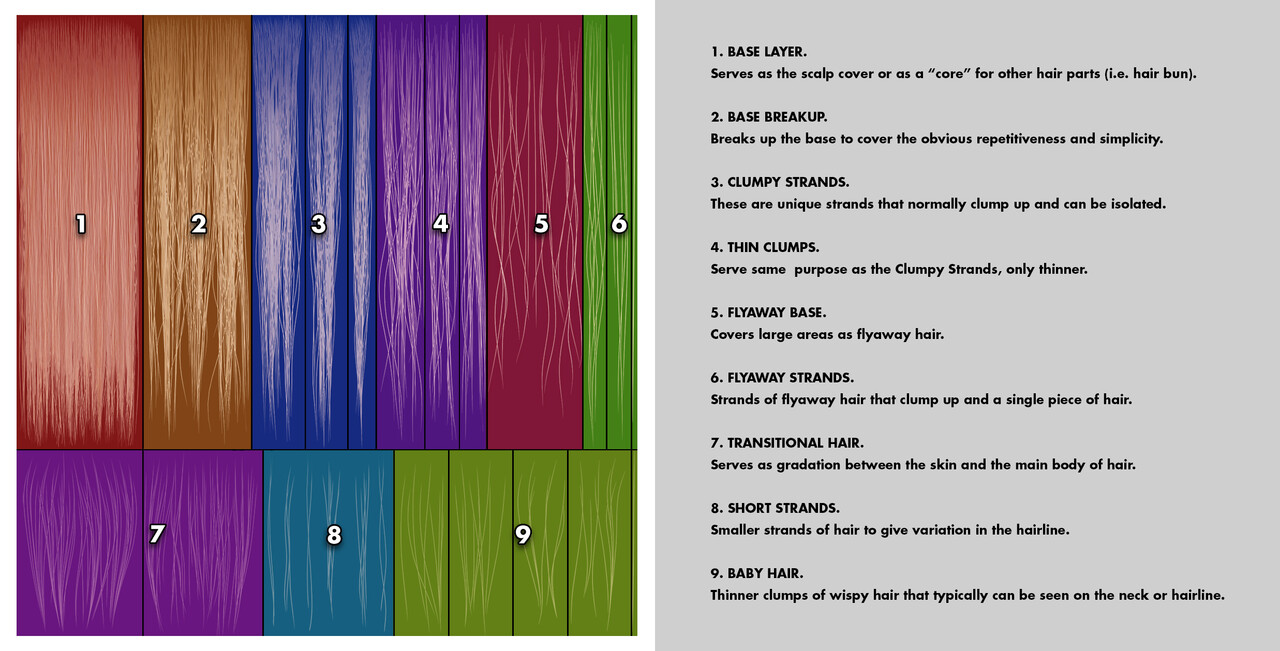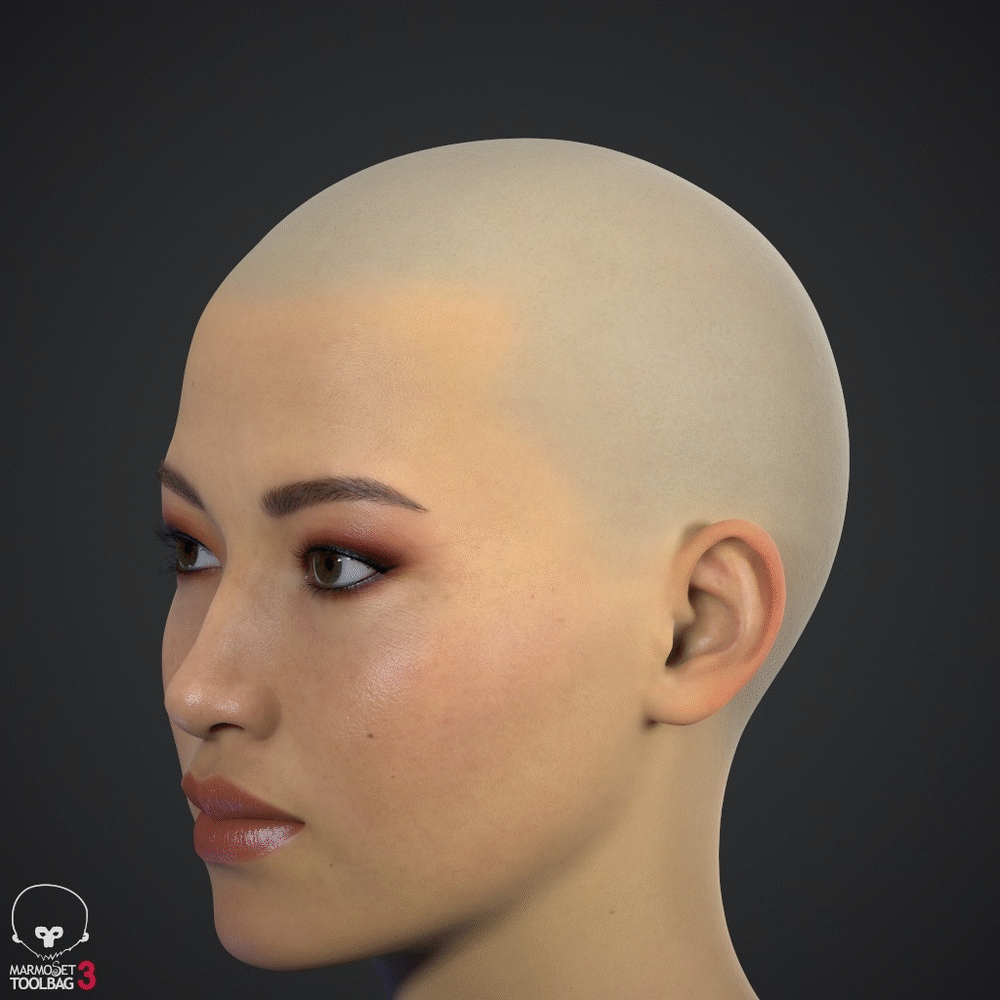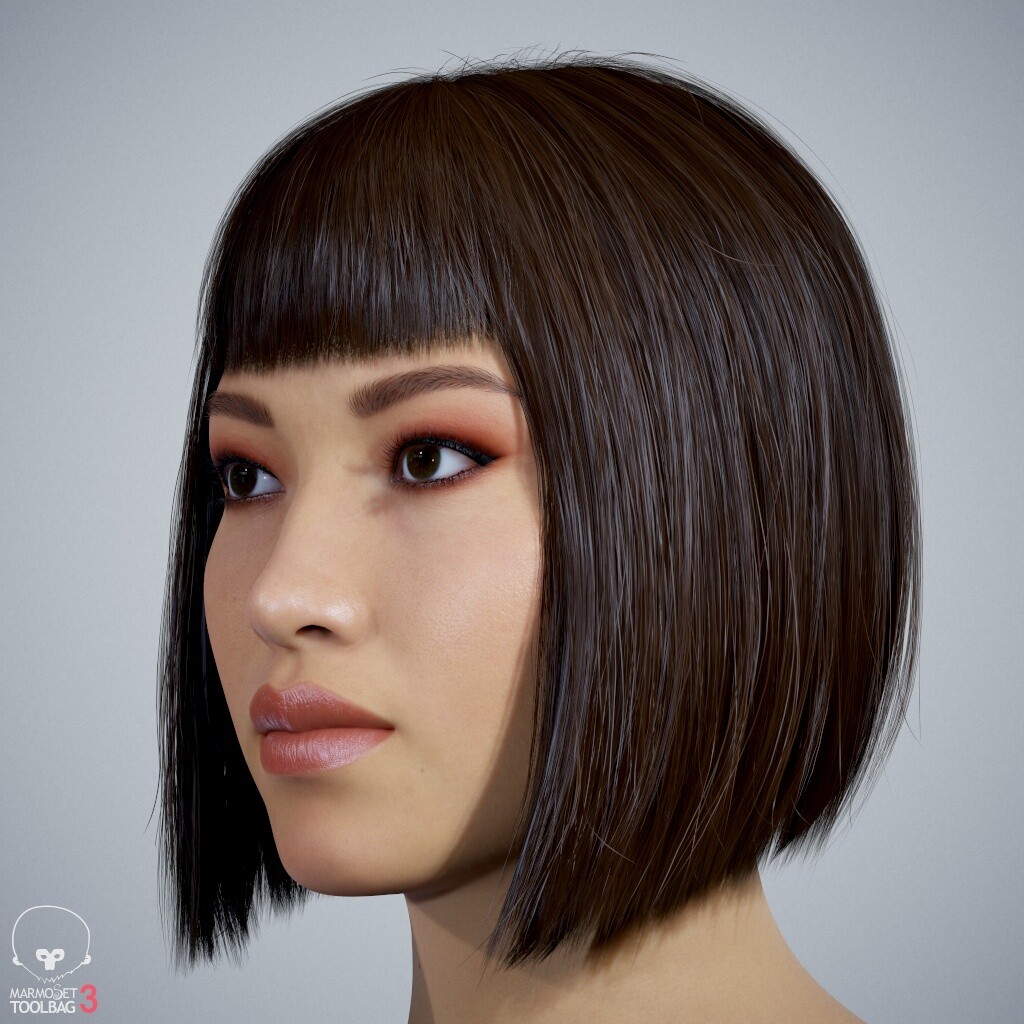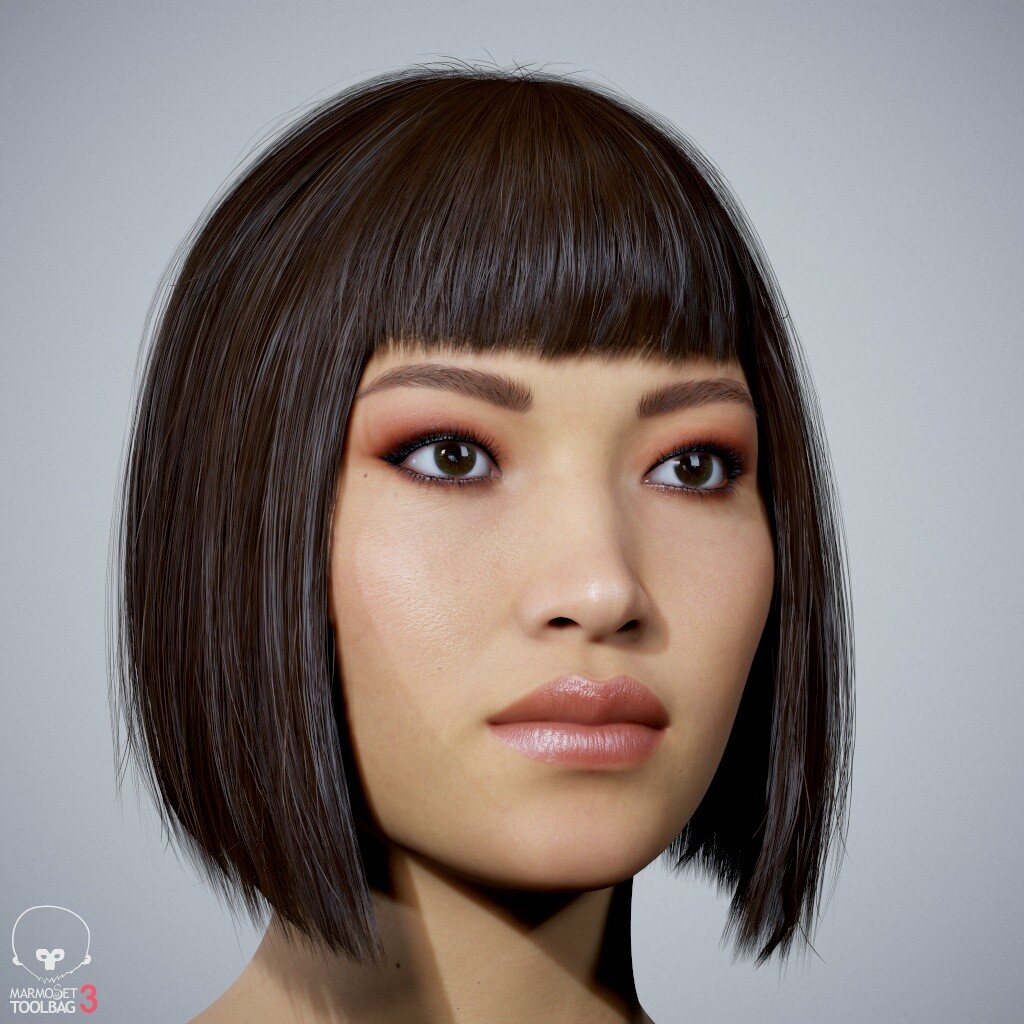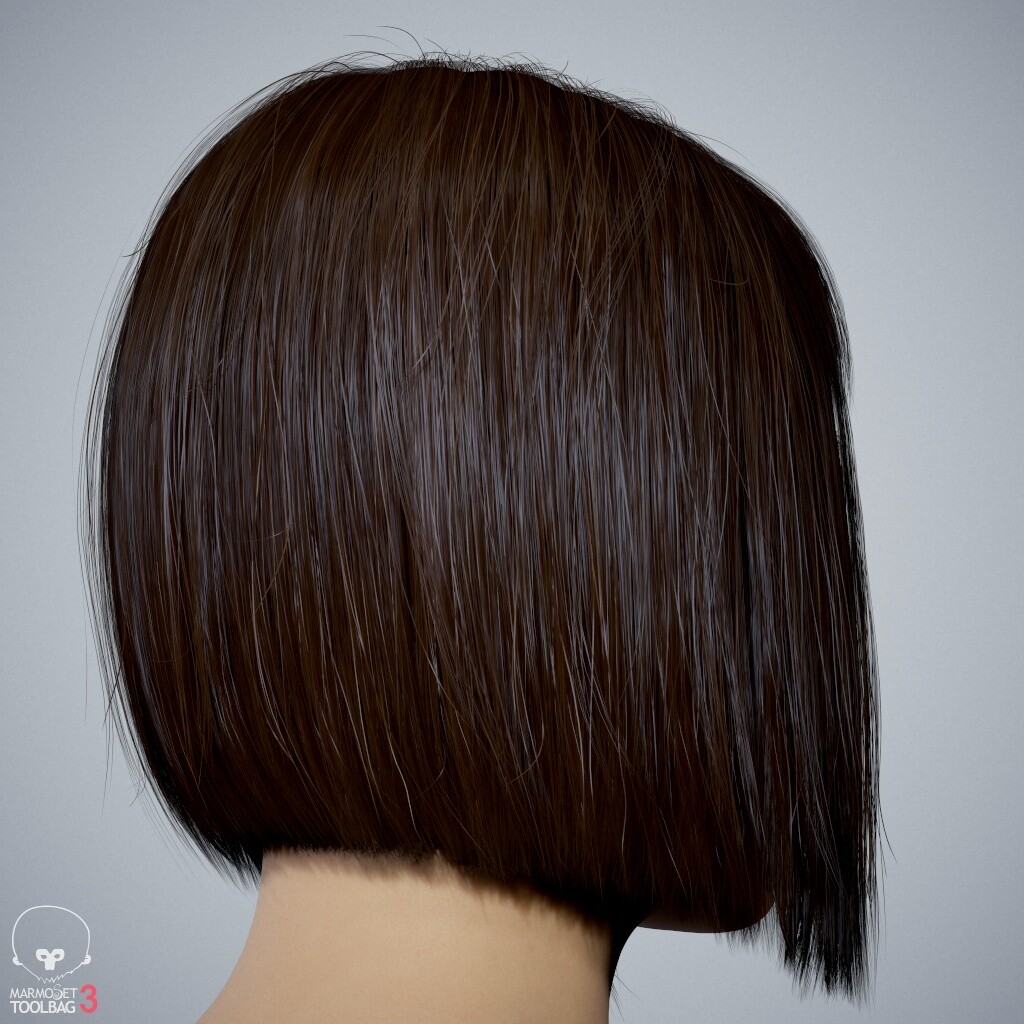Blender 2.8 has been released over a year ago, which had a a major overhaul in its design appeal, primarily in UI sector. Since then I've seen numerous artists switching from mainstream 3D Animation packages and experimenting with Blender. The results have been quite impressive.
As everybody knows the key aspect of Blender is it's unbeatable price of a total zero, but lots of major companies are pouring sponsorship money in its development. There's still a ways to go and many features need to be implemented, but as far as I can tell it has a promising future. One of the more interesting upcoming features which I'm excited about in Blender is the node-based modeling (or procedural modeling), the ingredient which Houdini (software) has been known for quite some time.
Learning new software can be quite a challenge for many people, since the workflow, navigation and tools location can drastically vary. Nevertheless I finally decided to dedicate some time to learn Blender a little more intimately and of course what better way to start the journey than the infamous "Donut" tutorial by Andrew Price (aka Blender Guru). It was certainly painful at first even to navigate the space, but by the time I finished the series, I was way more comfortable with it. There are lots of interesting tricks that I picked up from completing the lessons. One of the most interesting features I found was the "Solidify" modifier, which I have not seen before in other packages, perhaps because of my ignorance (Maya user here). Below is the final render of my result followed by a geeky meme. :)
Cheers!
